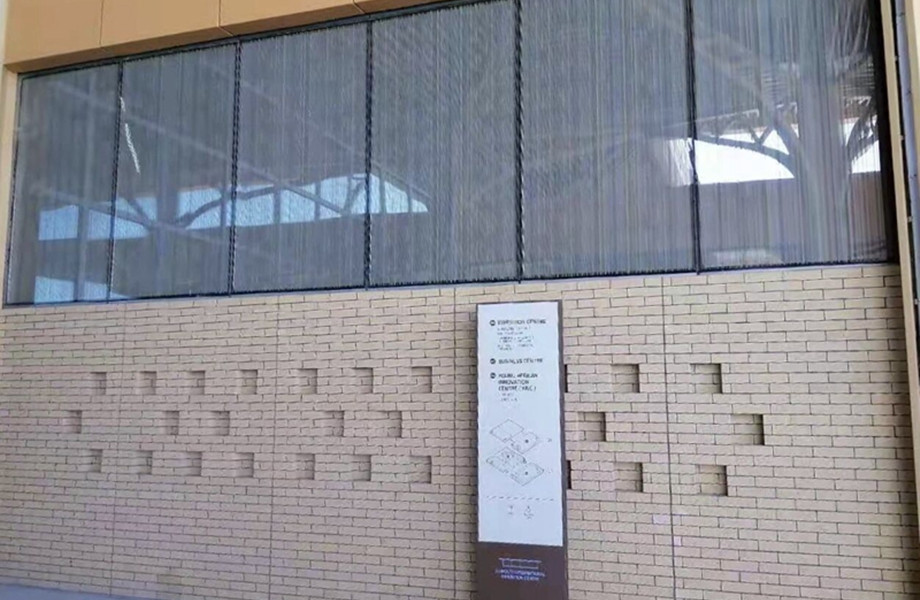In the realm of modern architecture, the use of innovative materials like hot bending glass has revolutionized design possibilities. Hot bending glass, a specialized form of glass manufacturing, offers unique advantages in terms of customization and aesthetics that are highly sought after in architectural applications.
Glass, as a building material, has long been revered for its transparency and light-transmitting qualities. With hot bending techniques, glass not only retains these fundamental properties but also gains new dimensions of versatility and beauty.
Customization and Versatility
Hot bending glass allows for the creation of bespoke designs tailored to specific architectural needs. Architects and designers can leverage this technology to realize their vision, whether it's curved facades, uniquely shaped tabletops, or elegant elevator walls. This versatility opens up a world of possibilities for creating visually striking yet functional structures.
The ability to customize glass shapes and sizes according to project requirements ensures that every architectural element integrates seamlessly into its surroundings. This level of precision and adaptability is essential in today's design landscape.
Enhanced Aesthetics
One of the standout features of hot bending glass is its aesthetic appeal. Unlike traditional flat glass, hot bending imparts a sense of fluidity and grace to architectural elements. The resulting designs boast softer, smoother lines that add a touch of sophistication to any space.
Architects and interior designers often turn to hot bending glass for its ability to enhance visual interest without compromising structural integrity. Its unique appearance can transform ordinary spaces into showcases of contemporary design.
Practical Applications
Hot bending glass finds its place in a variety of practical applications within modern architecture. Elevator walls, for example, benefit from curved glass panels that create a sense of openness and elegance. Similarly, tabletops crafted from hot bending glass exude a refined aesthetic while offering durability and functionality.
Interior design elements such as partitions and balustrades also benefit from the versatility of hot bending glass, adding character and style to commercial and residential spaces alike.
Hot Bending Glass For Tabletops
Technical Considerations
Understanding the hot bending process is crucial for appreciating its technical merits. This specialized manufacturing technique involves heating flat glass to temperatures exceeding 580°C and shaping it using molds or gravity. The cooled glass retains its new form, showcasing impressive resilience and safety features.
Despite its flexibility in design, it's important to note that hot bending glass does not inherently enhance mechanical strength or thermal resistance. Architects and engineers must consider these factors when integrating hot bending glass into their projects, ensuring compliance with safety standards and longevity.
Final Word
Incorporating hot bending glass into architectural design not only elevates the aesthetics of a space but also reflects a commitment to innovation and craftsmanship. As demand for unique and sustainable building materials grows, hot bending glass emerges as a frontrunner in shaping the future of modern architecture. For more information on hot bending glass and its applications, please visit KXG Glass!


.jpg)
3061.jpg)
.jpg)
4875.jpg)
6874.jpg)
.jpg)
.jpg)


.jpg)
.jpg)
.png)
.jpg)
.jpg)
7183.jpg)
.jpg)